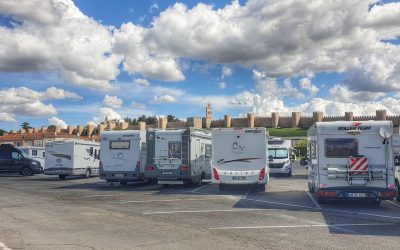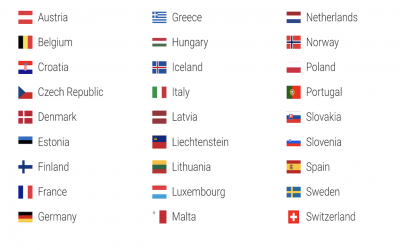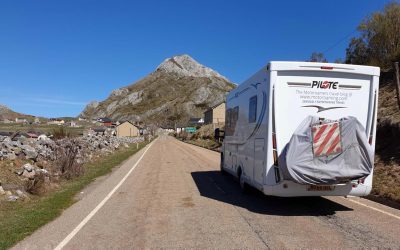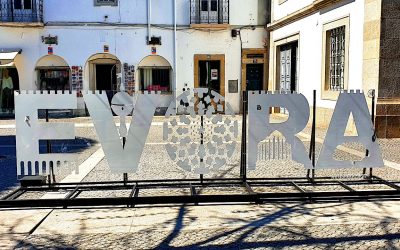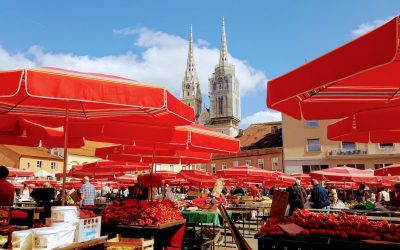As more Spanish towns close their doors and shut up shop to vanlifers, it creates one of many challenges of life on the road in a...

life in a motorhome
life in a motorhome
Ten Tips for Navigating our Schengen Sentence
At Motoroaming HQ we are finally coming to the end of our first official Schengen Sentence. After 84 days in Europe through the winter...
Life on the Road – Top tips from the experts
When every day is a school day, then let the teachers appear.After leaving UK soil in March 2016, we have travelled over 50,000 miles and...
7 Highlights of Évora
Come to Portugal and immerse yourself in so much more than golden sand between your toes. Whilst the beaches entice any sun seeker,...
How to spend 24hrs in Zagreb
Little did we know how Zagreb would surprise and delight us. After a brief sojourn in Hungary, we met up with friends who had Croatia on...
Follow us
You can find us on social media,
different channels for different content.

